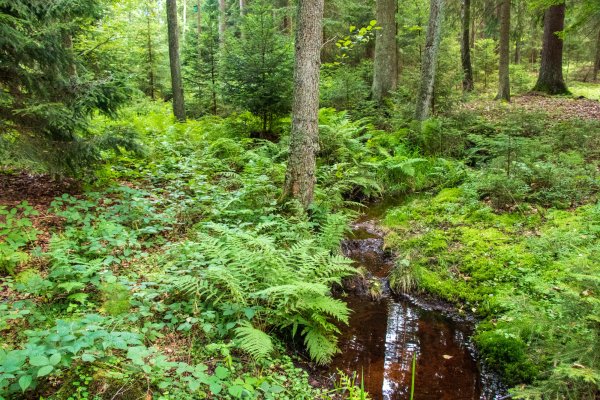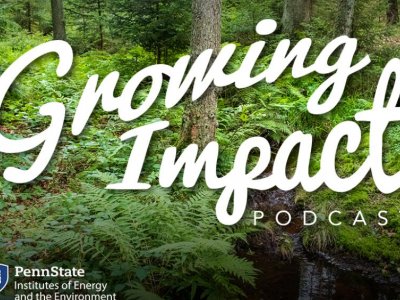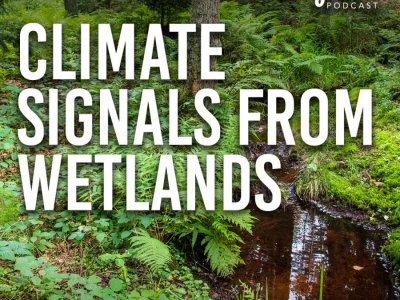
Beginning in 1994, I instrumented more than 60 wetlands of various types to begin a long-term assessment of wetland hydrology, primarily aimed at classification efforts. Ultimately, forty-two wetlands, covering five hydrogeomorphic (HGM) subclasses, were sampled for over a decade in central Pennsylvania. Using median depth to water as the metric, four groups were identified: created, riparian depression/slope, and two combinations of headwater/mainstem floodplain. The project ended slowly as instruments failed and funds faded away. After 10 years, and with increasing understanding of the effects of climate change on freshwater communities, I propose to re-instrument a subset of those same wetland sites, and assess plant community composition, to try and assess if any hydrologic changes have occurred that might reflect changing climatic regimes.




